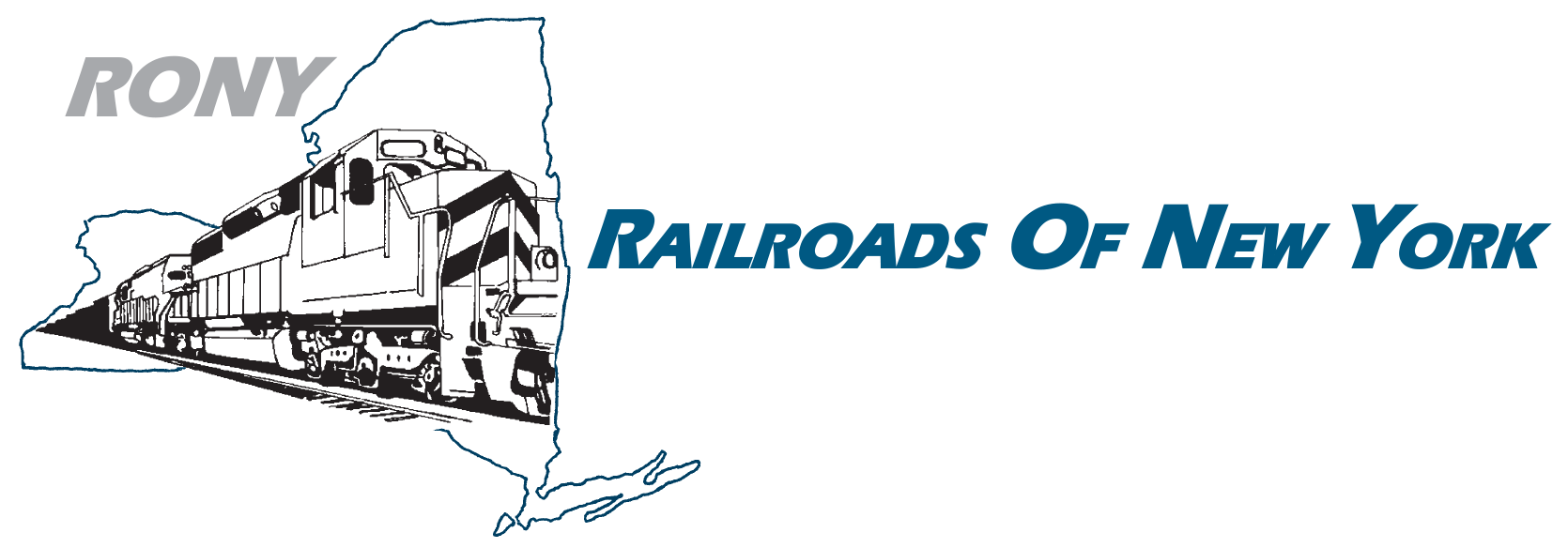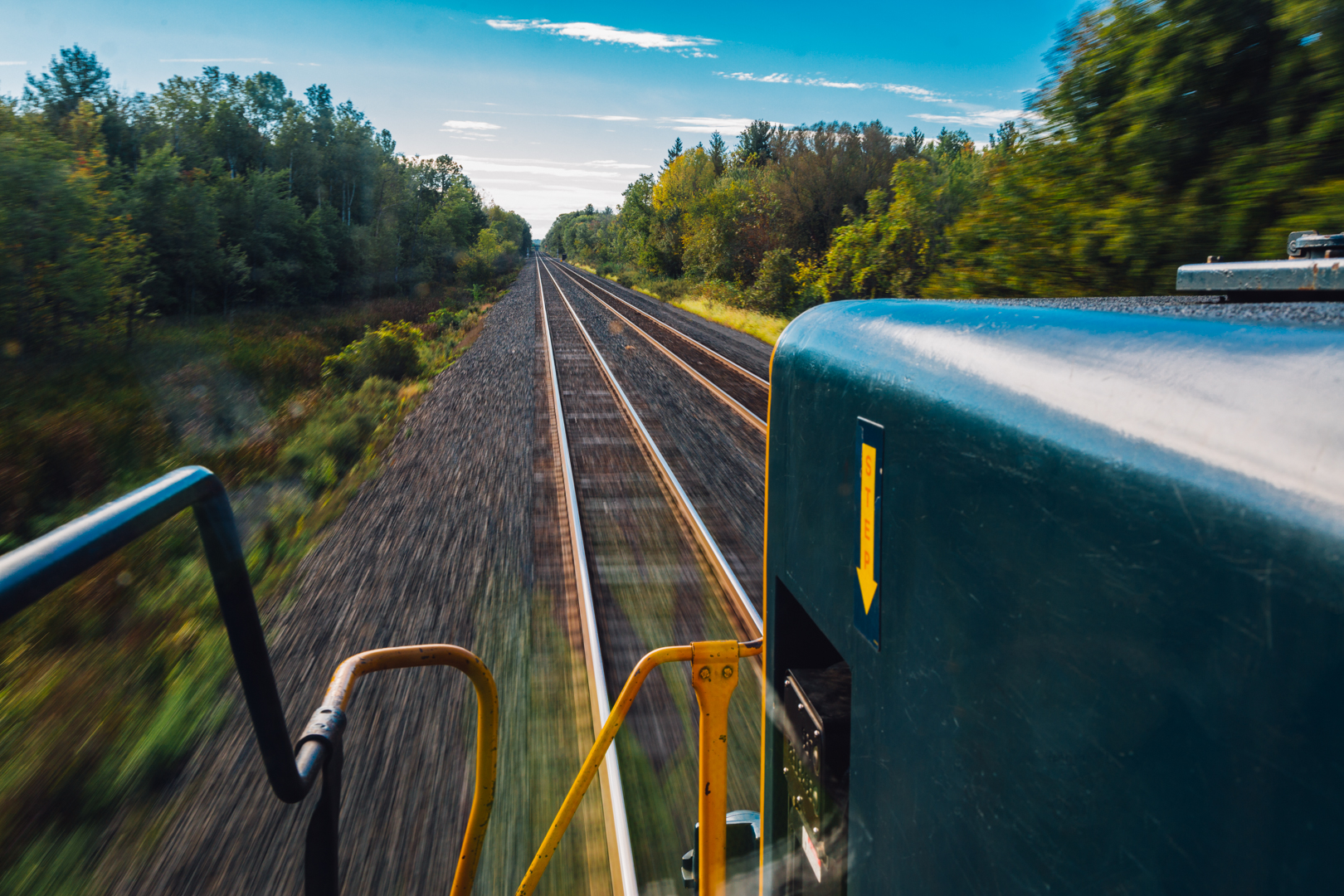Railroads of New York, Inc. represents the freight rail industry in New York State, comprised of four Class I Railroads (CSX, Canadian National, Canadian Pacific, and Norfolk Southern) and 35 Short Line and Regional railroads that directly employ approximately 3,500 individuals in NYS.
Major U.S. railroads support approximately 1.5 million jobs, nearly $274 billion in annual economic activity and nearly $88 billion in wages and $33 billion in tax revenues.
-
The U.S. carries the most freight by rail per mile of any country, with China and Russia tied for second. Rail traffic volume has increased 84% since 1981, with no significant increase in the size of the railroad network. At the same time, rail shippers, on average, pay approximately 4% less than they did in 1981.
-
Recent forecasts from the Federal Highway Administration found that total U.S. freight shipments will rise from an estimated 18.1 billion tons in 2015 to 25.5 billion tons in 2040, a 41% increase.
-
The American Association of State Highway and Transportation Officials estimated that if all freight rail traffic were shifted to trucks, rail shippers would have to pay an additional $69 billion per year.
-
The U.S. freight rail industry employs approximately 165,000 individuals. With an average compensation of nearly $120,000 per year, the freight rail industry produces some of the nation’s best-paying jobs, many of which are unionized, including active recruitment of military veterans who make up approximately 20% of U.S. railroad employees.
-
In 2014 alone, major U.S. railroads supported approximately 1.5 million jobs, nearly $274 billion in annual economic activity, and nearly $88 billion in wages and $33 billion in tax revenues.
-
Railroad retirees are covered by the Railroad Retirement System instead of Social Security. Today, over 650,000 beneficiaries receive more than $12 billion in benefits from Railroad Retirement annually.
-
Railroads haul approximately 35% of all U.S. exports. 42% of rail carloads and intermodal units and 35% of annual rail revenue are directly associated with international trade.
-
Approximately 50,000 rail jobs, worth over $5.5 billion in annual wages and benefits, depend directly on international trade.
-
Unlike trucks, barges and airlines, privately-owned freight railroads operate almost exclusively on infrastructure they own, build, maintain and pay for themselves. From 1980 to 2016, U.S. freight railroads spent more than $635 billion of their own funds on capital expenditures and maintenance expenses, representing 40 cents out of every revenue dollar. For comparison, the average U.S. manufacturer historically spends approximately 3% of revenue on capital expenditures, while freight rail companies spend on average 19% of revenue.

